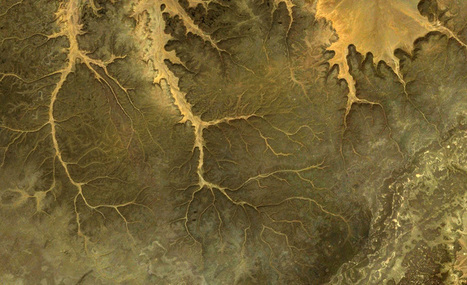Get Started for FREE
Sign up with Facebook Sign up with X
I don't have a Facebook or a X account

 Your new post is loading... Your new post is loading...
 Your new post is loading... Your new post is loading...
|

Jane Strunck's curator insight,
April 7, 2013 5:11 PM
Designed with the UDL Curriculum Tool Kit from CAST. 
Amy Archambault's curator insight,
March 4, 2016 4:14 PM
Introducing two new math apps that are designed based on the principles of UDL: MarhScaled and MathSquared.
Why Puzzles? They note that: "Puzzles provide a natural format for developing reasoning skills. By teaching algebraic reasoning skills in a context that does not appear to be math-specific, puzzles address affective barriers to learning (e.g., math anxiety). Providing different types of puzzles offers practice across multiple representations, which is critical for developing the ability to generalize."

Seth Dixon's comment,
September 9, 2012 8:40 PM
Thanks for sharing so many great link on FB and have been able to use several. I'm glad that the sharing can go in both directions.

Ann Kissinger Wurst's comment,
September 9, 2012 8:44 PM
Seth - I am hardly worthy of YOUR currating! Hope to meet you in person at NCGE and get a picture of us for Facebook. :-)
|













Not an app but close enough - love it.
In addition to using Lego for maths, I've taken my sons (extensive) Lego collection into History and Society & Culture to have the students (high school) demonstrate their understanding of concepts such as globalisation, communism, nationalism, capitalism. Worked really well and classes sooo happy.
Having been broken up into groups and given a concept each, They created cities or environments demonstrating the concept then talked the rest of the class through.
Fantastic ideas for using lego in mathematics. Simple hands on tasks.